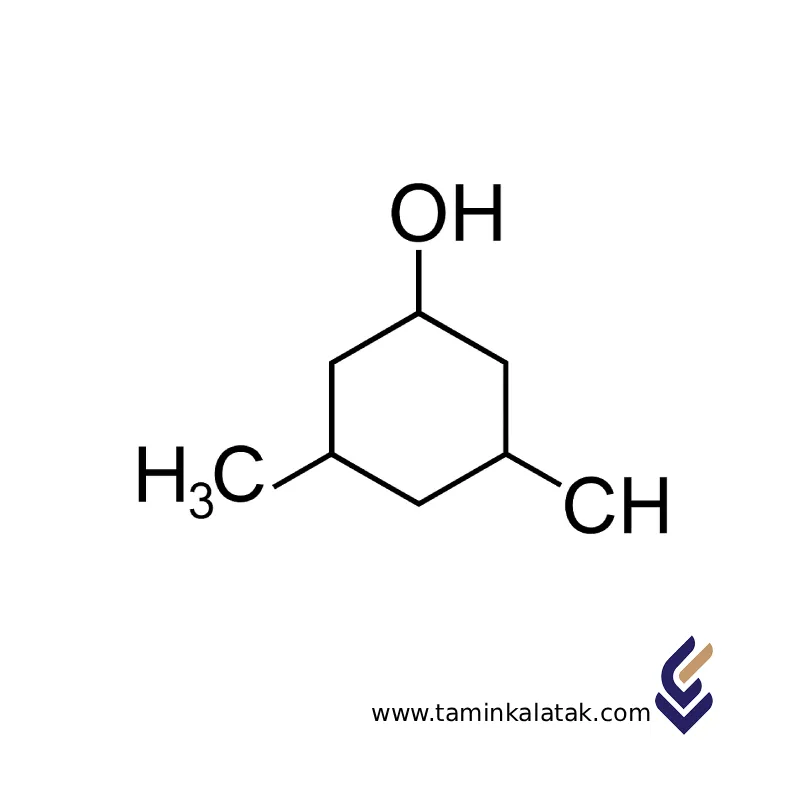Iso Butanol (Isobutyl Alcohol)
Isobutanol (Isobutyl Alcohol) is a branched primary alcohol containing four carbon atoms. It is widely used across various industries as a solvent, chemical intermediate, fuel additive, and plasticizer. This compound is a colorless liquid with a characteristic alcoholic odor and moderate volatility, belonging to the family of light aliphatic alcohols.
Chemical Structure of Isobutanol
-
Molecular formula: C₄H₁₀O
-
IUPAC name: 2-Methyl-1-propanol
-
Structural formula: (CH₃)₂CHCH₂OH
-
Type of alcohol: Branched primary alcohol
The branched structure of isobutanol (or isobutyl alcohol) distinguishes it from n-butanol, resulting in differences in physical properties, solubility, odor, and chemical reactivity.
Physical and Chemical Properties of Isobutanol
| Property | Description |
|---|---|
| Molecular weight | 74.12 g/mol |
| Odor | Sweet, slightly musty |
| Flash point | ~28 °C (depending on pressure) |
| Solubility in organic solvents | Miscible with alcohols, esters, ethers, chloroform, and benzene |
| Polarity | Moderate – contains a polar hydroxyl group and a short hydrocarbon chain |
| Volatility | Medium – evaporates slower than methanol but faster than ethanol |
| Chemical stability | Stable under normal conditions; unstable with strong acids or oxidizing agents |
| Miscibility | Completely miscible with most organic solvents |
Applications of Isobutanol
1. Industrial Solvent
-
Used in lacquers, resins, adhesives, and solvent-based paints
-
Effective solvent for printing inks, metal coatings, and automotive varnishes
2. Fuel Additive
-
Improves octane rating in gasoline
-
Reduces engine deposits and enhances combustion efficiency
-
Considered a bio-based alternative to methanol in blended biofuels
3. Chemical Synthesis
-
Intermediate in the production of esters, plasticizers, and surfactants
-
Used in the manufacture of isobutyl acetate, butyl acrylate, and various aromatic compounds
4. Oil, Gas, and Agricultural Industries
-
Used as a formulation agent in pesticides, lubricating additives, and extraction agents
-
Applied in oil refining and organic phase separation processes
Advantages of Isobutanol
-
Excellent solvent power for both polar and nonpolar compounds
-
Moderate evaporation rate, providing better control compared to lighter alcohols
-
High efficiency in the synthesis of esters and fragrance compounds
-
High octane number, suitable for blending with fossil fuels
-
Good chemical and environmental stability
Disadvantages of Isobutanol
-
Highly flammable, requiring careful handling and storage
-
Moderate toxicity – may cause respiratory or skin irritation with repeated exposure
-
Limited solubility in water, requiring emulsifiers or mechanical agitation for blending
-
Often more expensive than n-butanol in certain markets
Safety Information for Isobutanol
-
Chemical name: Isobutanol (Isobutyl Alcohol)
-
Chemical formula: C₄H₁₀O
-
CAS Number: 78-83-1
Chemical and Physical Hazards of Isobutanol
| Hazard Type | Description |
|---|---|
| High flammability | Isobutanol has a flash point of around 28 °C. Vapors can ignite easily when exposed to open flames or sparks. |
| Skin and eye irritation | Direct contact may cause skin dryness, irritation, or eye discomfort. |
| Respiratory hazard | Inhalation of vapors in confined spaces may cause dizziness, headache, nausea, or respiratory irritation. |
| Nervous system effects | Prolonged or repeated exposure may adversely affect the central nervous system. |
Safety Measures for Handling Isobutanol
General Precautions
-
Work only in well-ventilated areas
-
Use an organic vapor respirator in industrial environments
-
Wear chemical-resistant gloves (nitrile or PVC), safety goggles, and a lab coat
-
Avoid prolonged or repeated skin contact
In Case of Leakage
-
Absorb spills using non-combustible absorbents such as vermiculite or sand
-
Ventilate the area and remove all ignition sources
-
Use anti-static, spark-proof tools for cleanup
In Case of Fire
-
Use alcohol-resistant foam, CO₂, or dry chemical extinguishers
-
Avoid using high-pressure water streams (may spread the fire)
-
Firefighting personnel should wear protective gear and alcohol-resistant suits
Storage Conditions for Isobutanol
| Parameter | Recommendation |
|---|---|
| Storage temperature | 5 – 30 °C – avoid extreme cold or direct heat |
| Storage containers | Use metal drums or high-density polyethylene (HDPE) containers resistant to solvents |
| Ventilation | Store in a well-ventilated warehouse, free from heat sources |
| Labeling | Containers should be clearly labeled with flammable and irritant hazard symbols |
| Incompatible materials | Keep away from strong oxidizers, concentrated acids, and chlorates |
Applications
| Applications | , , , |
|---|
Iso Butanol (Isobutyl Alcohol)
| Products | Chemical formula | CAS number | Grade | Vapor pressure | Physical appearance | Density (at 20°C) | Melting point | Solubility in water |
|---|---|---|---|---|---|---|---|---|
| 2-Methyl-1-propanol | C₄H₁₀O | 78-83-1 | Fuel grade, Industrial, Lab | 10 mmHg | Clear, colorless liquid | 0.802 g/cm³ | –108°C | Slightly soluble; about 85 grams per liter (g/L) |







